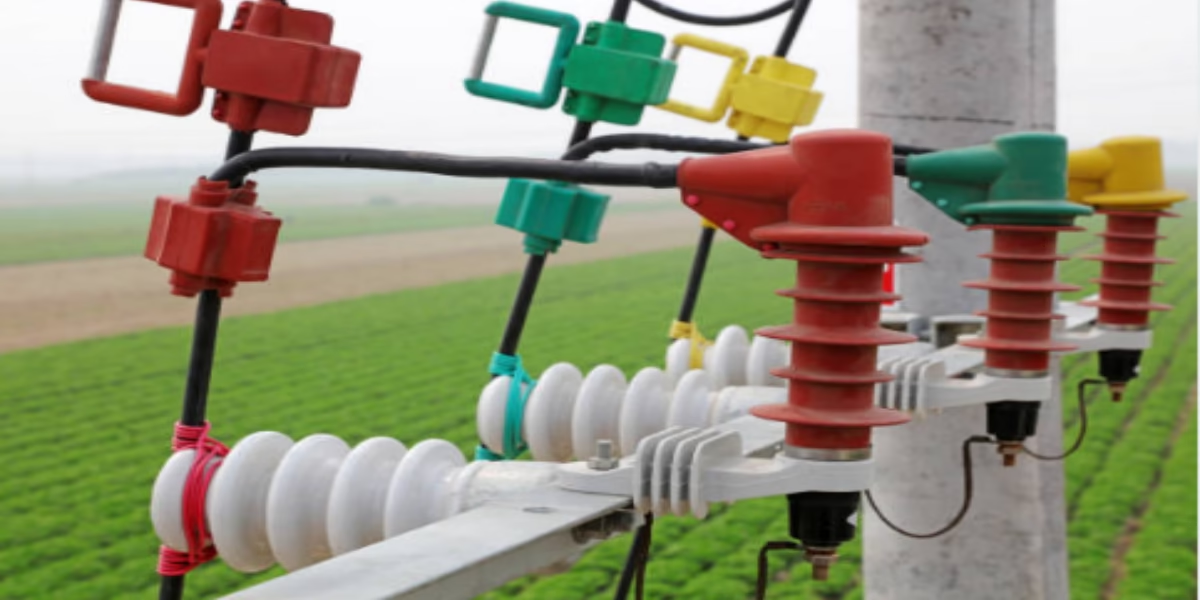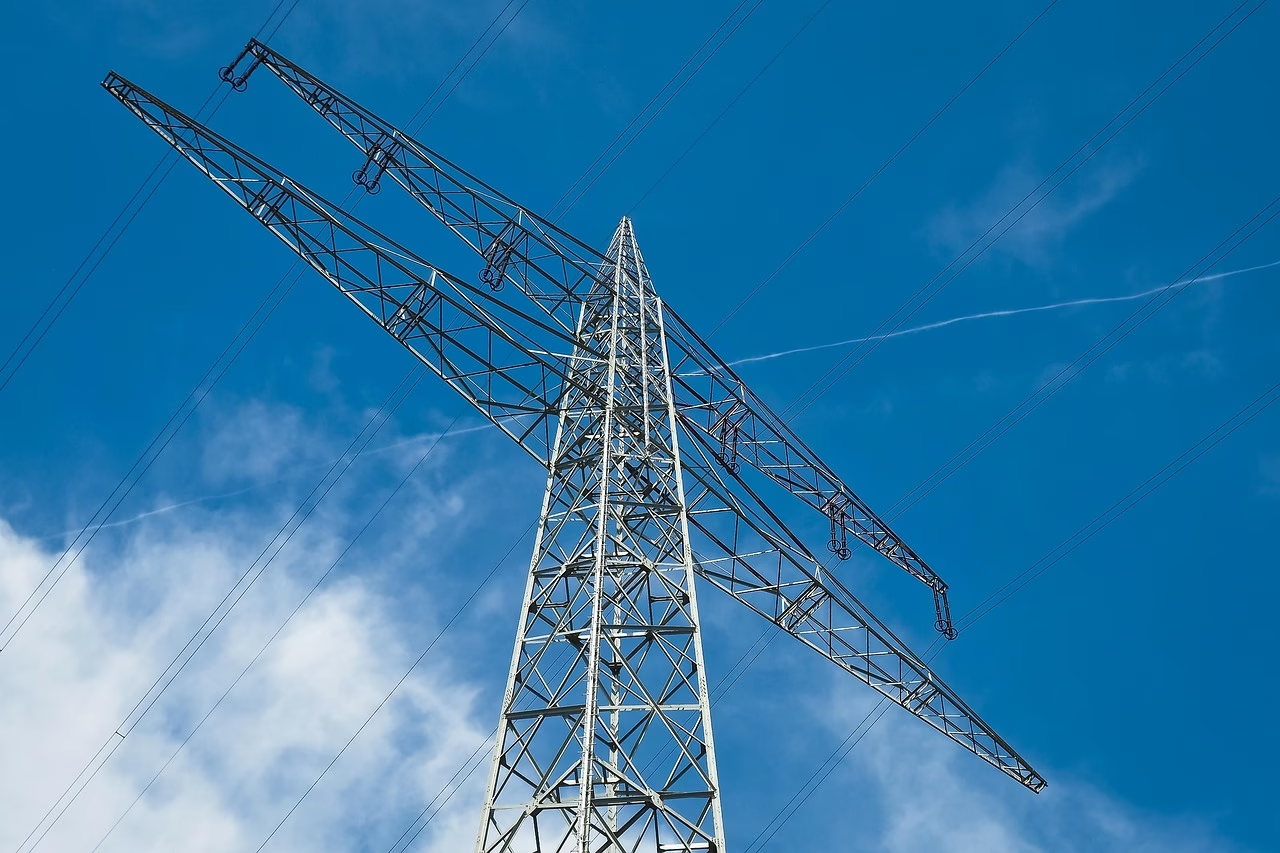Unlocking the Power: The Role of Substation Disconnect Switches
In the intricate web of electrical networks that power our modern world, every component plays a vital role in ensuring the flow of energy is both reliable and safe. Among these unsung heroes are substation disconnect switches—devices that often go unnoticed yet perform a crucial function in the management of electrical systems. These integral components serve as the guardians of the grid, offering a means to isolate various segments for maintenance, troubleshooting, and emergencies, all while safeguarding personnel and infrastructure. This article aims to delve into the mechanics and meaning of substation disconnect switches, exploring how they contribute to the efficiency and stability of our energy supply. Join us as we unlock the power within these vital switches and shed light on their indispensable role in modern electrical engineering.
Table of Contents
- Understanding the Functionality of Substation Disconnect Switches
- Exploring Safety Mechanisms in Electrical Infrastructure
- Optimizing Maintenance Practices for Enhanced Reliability
- Future Trends and Innovations in Disconnect Switch Technology
- Q&A
- Future Outlook
Understanding the Functionality of Substation Disconnect Switches
Substation disconnect switches, often referred to as isolators, function as critical components within electrical distribution systems.Their primary role is to ensure that a circuit is entirely de-energized before maintenance or inspection can take place. This safety feature is essential for protecting both personnel and equipment from electrical hazards. Key characteristics of disconnect switches include:
- Isolation: They provide complete electrical isolation from the power source.
- Visibility: Most switches incorporate visible break indicators to demonstrate when a circuit is open or closed.
- Manual Operation: Typically operated manually,these devices require physical intervention to change their state.
Understanding the proper placement and operation of disconnect switches is integral for efficient substation management. These switches are strategically located to ensure easy access for maintenance crews and emergency response teams. Their design can vary based on voltage levels and the specific requirements of the electrical system they serve. Below is a brief comparison of common types of disconnect switches used in substations:
| Type | Voltage Rating | Typical Use |
|---|---|---|
| Load Break Switch | Up to 36 kV | Service interruptions and maintenance |
| Non-Load Break Switch | Up to 300 kV | Isolation and safety disposals |
| Motorized Switch | up to 138 kV | Remote operation and automation |
Exploring Safety mechanisms in Electrical Infrastructure
Substation disconnect switches are pivotal in maintaining both the reliability and safety of electrical infrastructure. These devices serve as the first line of defense, effectively isolating sections of the power system during maintenance or emergencies. By allowing workers to safely perform repairs without the risk of live currents, disconnect switches ensure that the integrity of the electrical network is upheld. The effectiveness of these switches lies in their ability to provide visible isolation, which is crucial in preventing accidental re-energization of circuits. This visibility contributes to a meaningful reduction in safety hazards for maintenance personnel, underscoring the importance of rigorous training and proper procedures when handling them.
The operational reliability of disconnect switches is further enhanced by their strategic placement within substations. Their design and configuration can vary, but common types include:
- Grounding Disconnect switches: Used to ground and isolate equipment.
- Single-Pole Disconnect Switches: Allow for opening or closing individual phases.
- Three-Pole Disconnect Switches: Used for the simultaneous operation of all three phases in a circuit.
Along with ensuring safety, these switches must also withstand a range of environmental factors. Regular maintenance and inspections are vital, as they help in identifying potential wear or malfunction. Below is a simplified overview that illustrates factors influencing the effectiveness and longevity of disconnect switches:
| Factor | Impact |
|---|---|
| Corrosive Environments | Accelerates wear and could lead to failure. |
| Temperature Variations | Can affect the switch's mechanical and electrical properties. |
| Mechanical Stress | May result in physical damage over time, affecting operation. |
Optimizing maintenance Practices for Enhanced Reliability
Ensuring the optimal performance of substation disconnect switches is vital for the longevity and reliability of electrical systems. Regular maintenance practices play a significant role in achieving this goal. Implementing a systematic approach to maintenance can minimize the risk of unexpected failures and extend the lifespan of these critical components. Key maintenance strategies include:
- Routine Inspections: Conducting visual checks for wear, corrosion, and operational integrity.
- Testing mechanisms: Verifying electrical continuity and the mechanical operation of the switches.
- Lubrication: Applying appropriate lubricants to moving parts to prevent sticking and ensure smooth operation.
- Record Keeping: Maintaining a detailed log of maintenance actions and findings to track performance trends.
Additionally, it is indeed essential to establish a proactive maintenance schedule that aligns with the operational demands of the substation. This approach not only mitigates potential downtime but also fosters a culture of reliability throughout the facility. Consider utilizing a performance evaluation table to monitor key aspects of maintenance effectiveness, as shown below:
| Maintenance Task | Frequency | Status |
|---|---|---|
| visual Inspections | Monthly | Completed |
| Operational Testing | Quarterly | Pending |
| Lubrication | Bi-Annually | On Schedule |
Future Trends and Innovations in Disconnect Switch Technology
as the energy landscape continues to evolve with renewable sources and smart grid initiatives, disconnect switch technology is poised for significant advancements. Manufacturers are increasingly investing in smart disconnect switches equipped with advanced sensors and interaction capabilities. These innovations enable real-time monitoring of electrical systems, facilitating predictive maintenance and reducing the risk of unexpected outages. Moreover, the integration of Internet of Things (IoT) technology allows for seamless connectivity between switches and central control systems, optimizing grid management and enhancing operational efficiency.
Another exciting trend is the move towards modular designs in disconnect switches. This approach allows for flexible configurations tailored to the specific needs of substations, enabling easier upgrades and replacements. Additionally, with the push for sustainable practices, new materials are being explored to improve the longevity and environmental footprint of these devices. Key focuses include:
- Utilization of recyclable materials to minimize waste.
- Enhancements in thermal management to prolong component life.
- Integration of renewable energy interfaces for hybrid applications.
| Innovations | Benefits |
|---|---|
| Smart Disconnect Switches | Real-time monitoring and predictive maintenance |
| Modular Designs | Flexible configurations and easier upgrades |
| Use of Sustainable Materials | Reduced environmental impact and increased durability |
Q&A
Q&A: Unlocking the Power - The Role of Substation Disconnect Switches
Q1: what are substation disconnect switches, and why are they vital in electrical systems?
A1: Substation disconnect switches are crucial components in electrical substations that allow for the isolation of sections of the power grid. They ensure safety by providing an easy way to de-energize parts of the system for maintenance or during emergencies. Their role is akin to a gatekeeper, enabling operators to either connect or disconnect circuits based on operational needs.
Q2: How do disconnect switches function within the larger context of a substation?
A2: Disconnect switches work alongside circuit breakers and transformers within a substation. While circuit breakers are designed to interrupt current flow during faults, disconnect switches are used primarily for safe disconnection. When a section is isolated using a disconnect switch, maintenance crews can work on the equipment without the risk of electric shocks or accidents, ensuring a secure and reliable power distribution.
Q3: What are the different types of disconnect switches commonly used in substations?
A3: There are several types of disconnect switches, including knife switches, gang-operated switches, and motor-operated switches. Knife switches are simple and often used for lower voltage applications, while gang-operated switches facilitate the simultaneous opening or closing of multiple circuits. motor-operated switches enhance automation,allowing operators to control the disconnect remotely or during adverse weather conditions.
Q4: In terms of design and technology, how have disconnect switches evolved over the years?
A4: Disconnect switches have seen significant advancements in materials and design, enhancing their reliability and performance. Modern switches are often constructed with durable materials that can withstand harsh environmental conditions. Technological innovations have also led to features like advanced monitoring systems and remote operation capabilities, which facilitate proactive maintenance and reduce downtime.
Q5: What challenges do operators face when working with disconnect switches in substations?
A5: Operators can face several challenges, such as ensuring proper maintenance routines to avoid mechanical failures. Weather conditions can also impact the functionality of the switches, as debris, ice, or corrosion can lead to operational issues. Additionally, training personnel to operate these switches safely in emergencies is critical, as improper use can lead to catastrophic failures.
Q6: How do disconnect switches contribute to the overall safety and reliability of the power grid?
A6: Disconnect switches play an essential role in ensuring safety and reliability by allowing for clear and secure isolation of electrical circuits. This capability helps prevent cascading failures by enabling prompt responses to faults,which is critical for maintaining system stability. they serve as a vital link in ensuring continuity of service while protecting infrastructure and personnel.
Q7: What future trends are predicted for the use of disconnect switches in substations?
A7: Looking ahead, we can expect an increase in automated and smart technologies integrated into disconnect switches. Advances in IoT and digital communications may lead to better monitoring and control systems, allowing for real-time data analysis and predictive maintenance. Additionally, as renewable energy sources become more prevalent, disconnect switches will play a pivotal role in managing the complexities of a diversified and decentralized power grid.
substation disconnect switches are more than just passive components in the electricity management ecosystem; they are dynamic facilitators of safety, efficiency, and reliability—essential for powering our modern world.
Future Outlook
As we conclude our exploration of substation disconnect switches, it becomes clear that these seemingly simple devices play a critical role in the complex world of electrical systems. By facilitating safe maintenance, ensuring operational reliability, and contributing to the overall efficiency of power distribution, disconnect switches are the unsung heroes of electrical infrastructure.
Their importance is often overshadowed by more visible components,yet without them,the safety and stability of our power grids would be compromised. As technology advances and the demand for reliable electrical systems grows, the evolution of disconnect switches will continue to be essential in safeguarding our energy future. In unlocking the power these switches provide, we not only enhance our understanding of electrical systems but also pave the way for innovations that will secure our energy needs for generations to come.
acknowledging the role of substation disconnect switches offers us a deeper recognition for the intricate interconnections that power our lives—reminding us that even in the world of engineering, the smallest details can hold the key to greater possibilities.





